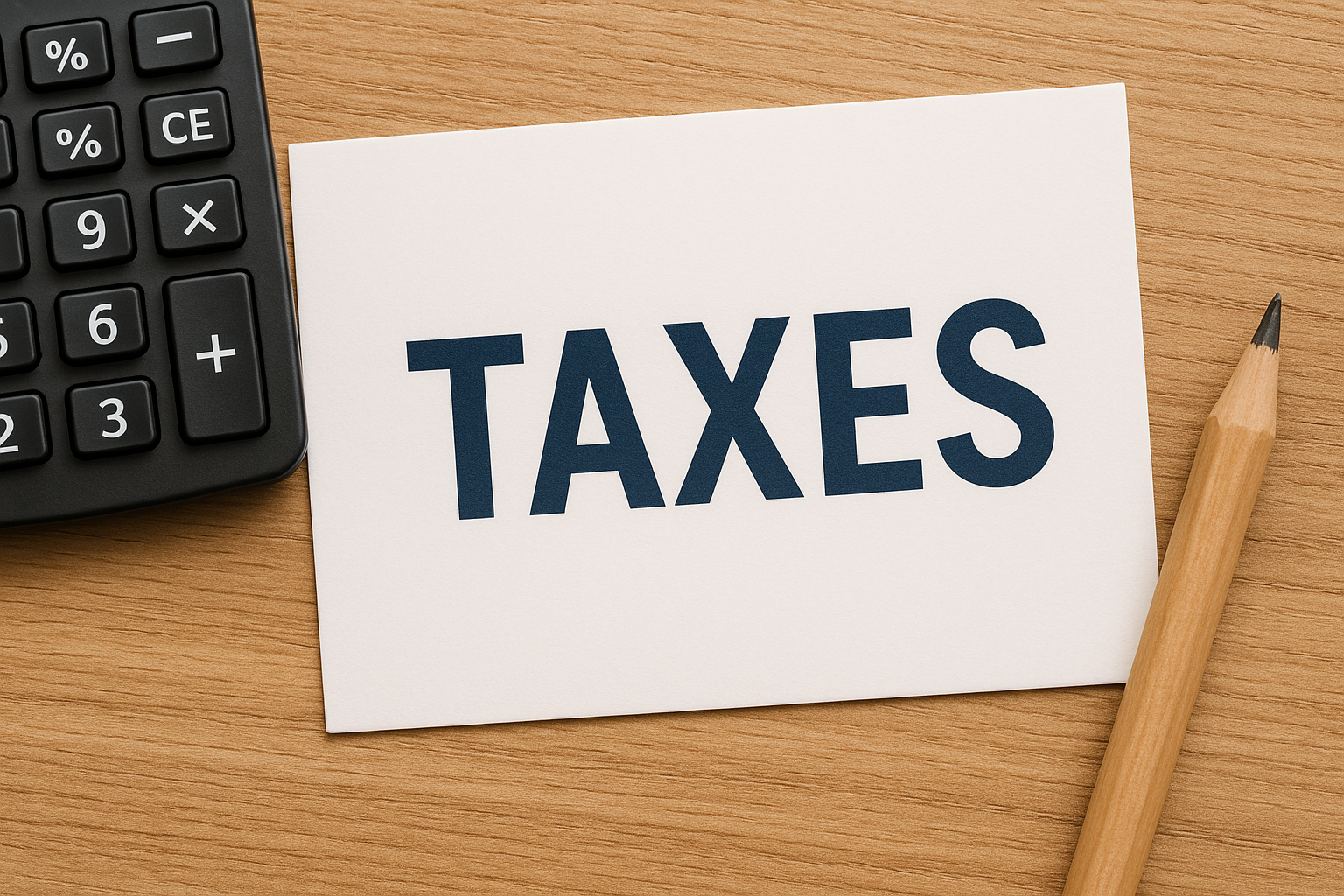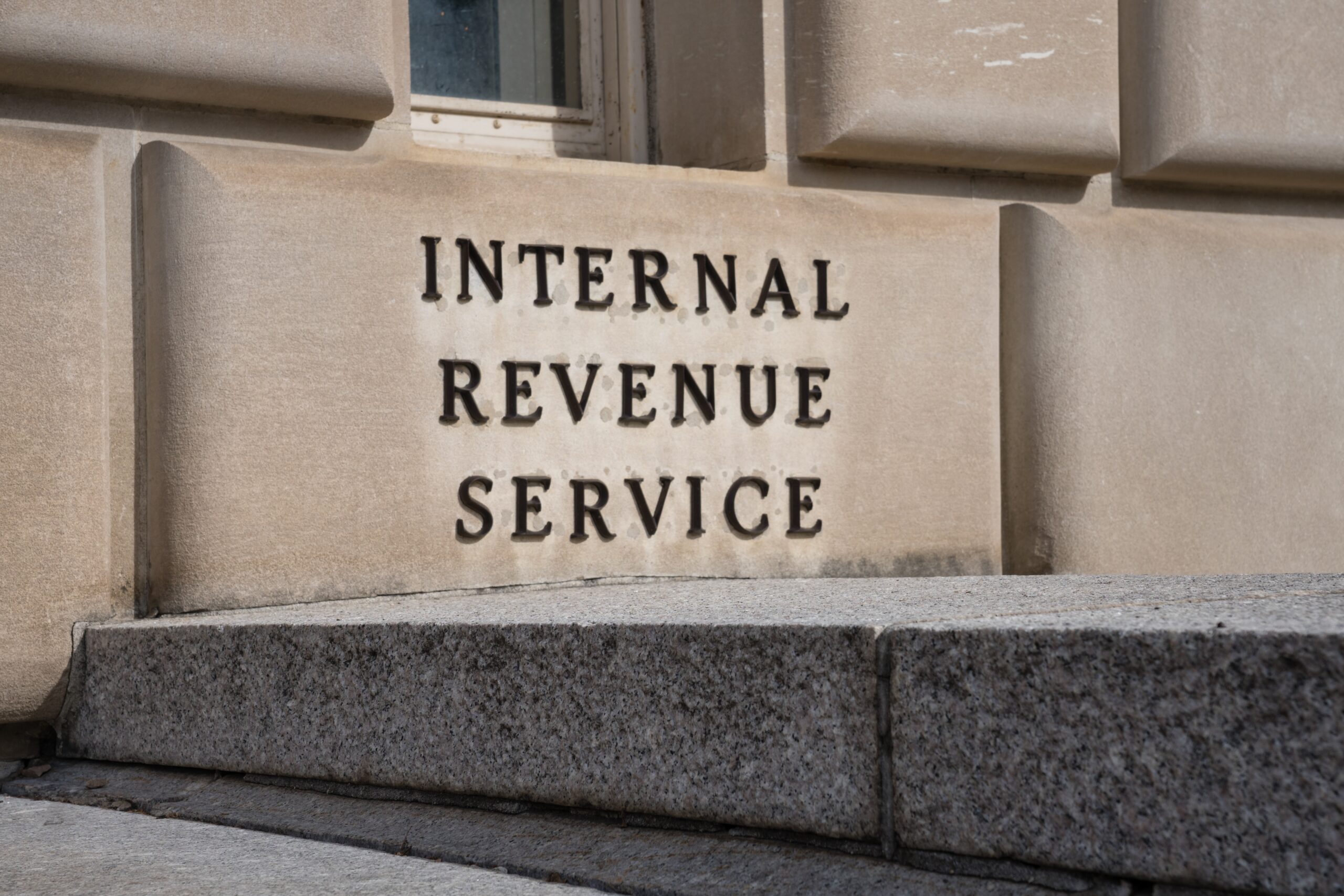It’s not unusual for taxpayers across Connecticut to receive a letter from the IRS claiming they underreported income. It happens in Hartford, Stamford, Bridgeport, New Haven, Waterbury, Norwalk, Danbury, and in the smaller shoreline and inland towns as well. The letter may reference “income discrepancies,” a CP2000, or a proposed adjustment to your return. No matter the format, the message is the same: the IRS believes you earned more than you reported.
For most Connecticut residents, this feels confusing, stressful, and sometimes insulting. But the truth is that these notices are extremely common — especially in a state where people often have multiple income streams, complex payroll structures, investment portfolios, and high mobility between jobs. Many underreporting notices come from simple mismatches rather than actual errors.
Rappaport Tax Relief helps taxpayers across Connecticut resolve these notices and prevent escalation into liens, levies, or audits. Understanding why the IRS thinks you underreported is the first step toward correcting the issue effectively.
What the IRS Means by “Underreported Income”
When the IRS claims you underreported income, they aren’t necessarily accusing you of fraud. They are saying that the income on your tax return does not match the documents they have in their system — documents submitted by employers, contractors, payment processors, banks, staffing agencies, financial institutions, brokerages, or government benefit programs.
The IRS receives these forms automatically:
-
W-2s
-
1099-NECs
-
1099-MISCs
-
1099-Ks
-
1099-INT
-
1099-DIV
-
1099-R
-
1099-B
-
W-2Gs
-
Certain state-issued income forms
If even one of these is missing or reported differently from your return, the IRS system identifies the discrepancy.
In Connecticut, the issue often stems from the state’s mobility, high levels of professional employment, and mixed W-2/1099 income patterns.
Why Underreporting Notices Are So Common in Connecticut
Connecticut’s economic structure differs from many other states. It has a high concentration of:
-
Financial professionals
-
Healthcare workers
-
Insurance sector employees
-
Remote workers with out-of-state employers
-
Manufacturing and aerospace workers
-
Teachers and public-sector employees
-
Consultants and contractors
-
High-income households with investment activity
That diversity makes income reporting more complicated — and mismatches more likely.
Multiple job changes throughout the year
Many Connecticut taxpayers change roles, departments, or employers in the middle of a calendar year. When that happens, W-2s may be mailed to old addresses or sent digitally without the taxpayer noticing.
Out-of-state employers and remote work
Countless Connecticut residents work for companies based in New York, Massachusetts, California, or elsewhere. These employers sometimes issue forms with state coding errors, duplicate state lines, or multi-state W-2 complexities that lead to mismatches.
High concentration of investment accounts
Between Fairfield County, Hartford County, and shoreline communities, many residents hold:
-
Brokerage accounts
-
Mutual funds
-
Stock compensation plans
-
RSUs
-
ESPPs
-
Retirement distributions
When cost basis is missing or incorrect, the IRS assumes the entire sale amount is taxable.
Side income and consulting
Connecticut has a large number of professionals who pick up consulting, tutoring, contracting, design work, or seasonal income on the side. These gigs issue 1099s — often digital ones that taxpayers overlook.
Payment platform confusion
Venmo, PayPal, Zelle, and Cash App transactions sometimes trigger 1099-Ks, even when they involve personal transfers or sales of old items at a loss.
Union and public-sector payroll issues
Corrections, retroactive pay, and multi-department payroll shifts often cause mismatching W-2s.
Gambling wins
Connecticut residents who visit Mohegan Sun, Foxwoods, or nearby casinos in Rhode Island and New York may receive W-2Gs. Without documented losses, the IRS taxes the entire amount.
Family financial support
Transfers used to help aging parents, grown children, or relatives are common. The IRS software does not distinguish these from income unless clarified.
These patterns create fertile ground for underreporting notices — but also for successful corrections once reviewed by a professional.
The Notice Most People Receive: CP2000
The CP2000 outlines the income the IRS believes you earned, what you reported, and the proposed difference. It often lists a tax increase plus additional penalties and interest.
Despite how it looks, it is not a final bill. It is a proposal.
Many Connecticut taxpayers assume they must pay it. But more often than not, the IRS is working with incomplete or incorrect data.
Rappaport Tax Relief regularly reduces or eliminates CP2000 assessments by providing proper documentation.
Common Connecticut Scenarios That Trigger Underreporting Notices
A financial-sector employee receives multiple tax documents
Someone working in Stamford or Hartford may receive W-2s, RSU forms, stock sale statements, and corrected 1099s. Missing even one creates a mismatch.
A remote employee works for a company based in another state
Multi-state W-2 coding errors are common and easily misunderstood by IRS software.
A healthcare worker has multiple roles
Nurses, CNAs, and technicians often work for two or more facilities. A forgotten W-2 is one of the most common triggers.
A consultant or contractor receives unexpected 1099s
Short-term projects and side clients often issue 1099s months after work is completed.
A taxpayer sells personal items
A 1099-K for selling old furniture or electronics is misread as profit.
A retiree withdraws from multiple accounts
Pensions, IRAs, and 401(k)s may issue different statements, and a single mismatch leads to a notice.
A teacher receives a stipend or extra compensation
Grants, extracurricular pay, or one-time bonuses may generate additional forms.
A taxpayer supports multiple family members
Transfers can look like unreported business income when the IRS analyzes bank data.
These situations are common across the state — and fixing them is possible once the details are properly reviewed.
How Rappaport Tax Relief Fixes Underreporting Problems
Step 1: Pulling IRS transcripts
Rappaport retrieves your Wage & Income Transcript, revealing exactly what documents the IRS has on file. Often, taxpayers only discover a missing W-2 or unexpected 1099 when reviewing this transcript.
Step 2: Comparing IRS records with your actual documentation
The team reviews your W-2s, 1099s, investment statements, retirement distributions, and bank activity to determine what the IRS misinterpreted.
Step 3: Identifying non-income deposits
Connecticut residents often move money for family support, shared expenses, loan repayments, or personal transfers. These must be explained clearly to the IRS.
Step 4: Preparing corrections or an amended return
In some cases, the return needs to be updated. In others, the IRS’s assumption is wrong, and the issue is resolved by supplying documentation and explanation.
Step 5: Drafting a well-organized response
A clear, professionally structured response dramatically increases the chance of the IRS reducing or eliminating the proposed balance.
Step 6: Preventing escalation
If needed, Rappaport requests a collection hold to prevent the situation from becoming a lien, levy, or garnishment while the dispute is reviewed.
Why Responding on Your Own Can Make Things Worse
Many taxpayers unintentionally escalate the problem by:
-
Agreeing to IRS numbers they don’t actually owe
-
Sending too much information
-
Missing critical documentation
-
Making statements that open the door for deeper IRS review
-
Ignoring the notice until it becomes a bill
Handling the notice quickly and correctly is essential.
Final Thoughts
IRS underreporting notices are extremely common in Connecticut due to the state’s complex income structures. Multi-job households, investment activity, remote work arrangements, side gigs, and recurring payroll corrections all create situations the IRS’s automated system misinterprets.
The good news is that most underreporting issues are fixable with the right documentation and strategy.
Rappaport Tax Relief helps Connecticut taxpayers correct these notices, reduce inflated assessments, and prevent unnecessary IRS enforcement actions.
David Rappaport is an Enrolled Agent with over 25 years of experience in the field of taxation. He specializes in representing clients before all administrative branches of the IRS and State Taxing Authorities.


